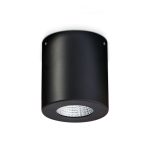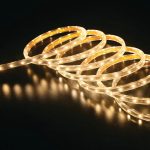Discover the Appearance of LED Light Bulbs: A Comprehensive Guide
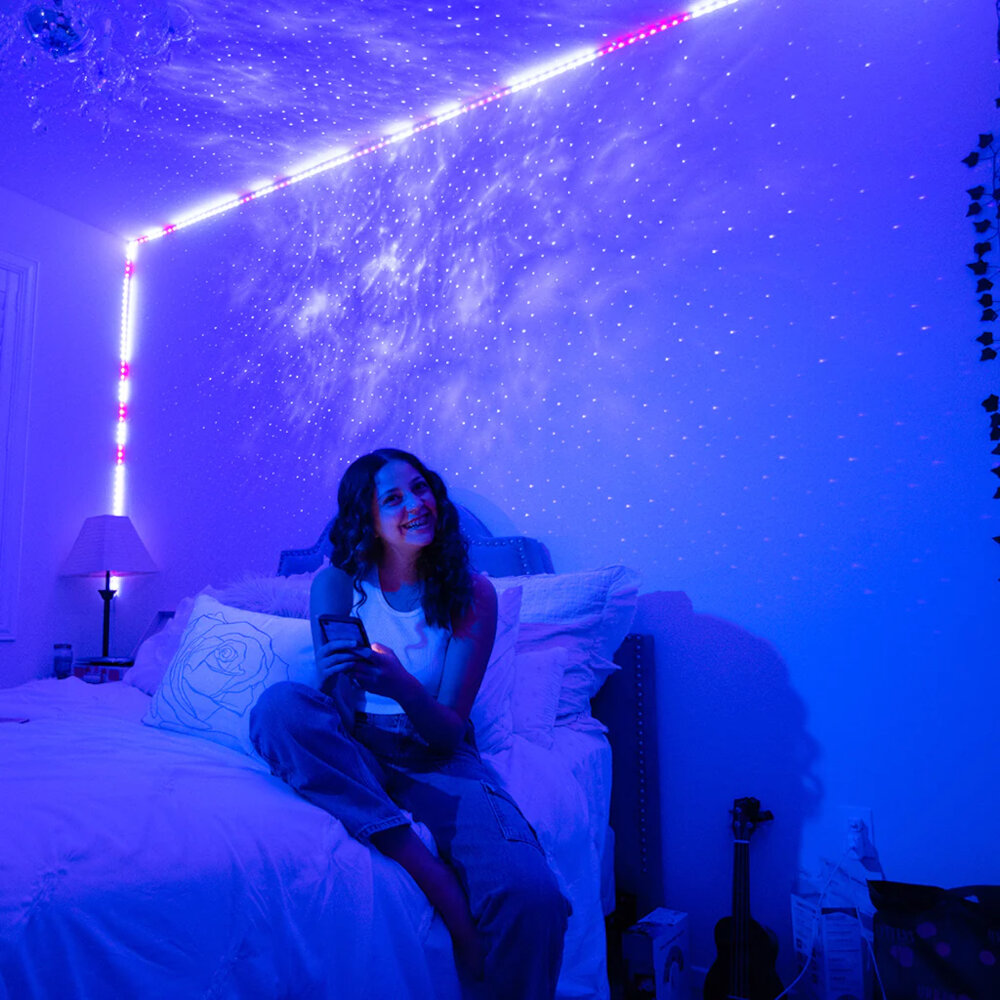
LED light bulbs have become increasingly popular due to their energy efficiency, longevity, and versatility. These light bulbs use light-emitting diodes (LEDs) to produce light, which means they consume less energy and last longer than traditional incandescent bulbs. However, with the growing number of LED light bulb options available, it can be challenging to determine which type of bulb is best for your needs. Understanding the appearance of LED light bulbs can help you make an informed decision and achieve the perfect lighting for your space. In this comprehensive guide, we will explore the appearance of LED light bulbs in detail, including their shape, size, color temperature, and brightness. We will also discuss the different base types of LED bulbs and how to choose the right one for your fixtures. Whether you are looking to upgrade your lighting at home, in the office, or for a commercial space, this guide will provide you with the knowledge needed to make an informed decision and achieve the perfect lighting for your needs.
LED light bulbs are a revolutionary technological advancement in lighting. LED stands for Light Emitting Diode, which is a semiconductor device that converts electrical energy into light. LED light bulbs are designed to be energy-efficient, eco-friendly, and long-lasting. The LED bulbs are much more energy-efficient than traditional incandescent bulbs, consuming up to 90% less energy. They are also eco-friendly as they do not contain any harmful materials like mercury or lead. LED light bulbs have a lifespan of up to 25,000 hours, which makes them a durable and cost-effective option for lighting. They come in a variety of shapes and sizes, and their appearance has evolved over time to become more aesthetically pleasing.
LED technology has a fascinating history that dates back to the early 20th century. The first LED was invented in 1927 by Russian scientist Oleg Losev, but it wasn’t until the 1960s that the first practical LED was created by Nick Holonyak, Jr. at General Electric. The first LEDs emitted low-intensity red light and were used primarily as indicator lights in electronic devices. Over the years, researchers continued to develop new materials and techniques, allowing LEDs to emit light in a wider range of colors and at higher intensities. Today, LED technology is used in a wide range of applications, from lighting and displays to medical devices and communications equipment.
There are numerous advantages of LED light bulbs over traditional light bulbs. First and foremost, LED bulbs are energy-efficient and consume less electricity, which ultimately leads to lower electricity bills. Secondly, LED bulbs have a longer lifespan compared to traditional bulbs, which means that they do not need to be replaced as frequently, reducing maintenance costs. Additionally, LED bulbs emit less heat, making them safer to use and reducing the risk of fire hazards. Moreover, LED bulbs are available in a wide range of colors and styles, making them versatile and suitable for various lighting needs. With all these benefits and more, it’s no wonder that LED bulbs are becoming increasingly popular.
Anatomy of an LED Light Bulb
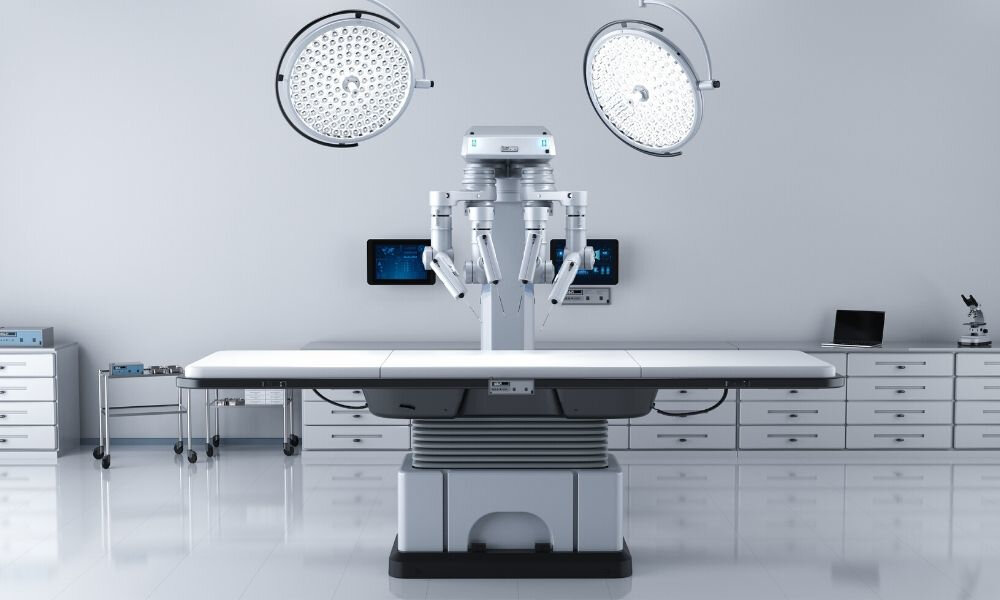
The anatomy of an LED light bulb is quite different from traditional incandescent bulbs. LED bulbs use a semiconductor material to emit light, rather than heating a filament like incandescent bulbs. The semiconductor material is surrounded by a reflector that directs the light outward, and a lens that diffuses the light and protects the LED from damage. The base of the bulb is typically made of plastic or metal and contains the electrical contacts that connect the bulb to the socket. LED bulbs are available in a variety of shapes and sizes, including standard A19 bulbs, candelabra bulbs, and floodlights. One of the key benefits of LED bulbs is their energy efficiency. LED bulbs use up to 75% less energy than incandescent bulbs, which can help to reduce your energy bills and your carbon footprint. LED bulbs also last much longer than incandescent bulbs, with an average lifespan of 25,000 hours or more. This means that you’ll spend less time and money replacing bulbs, and you’ll also reduce the amount of waste that goes into landfills. Additionally, LED bulbs are more durable than incandescent bulbs, and they’re less likely to break or shatter if dropped or bumped. Overall, the anatomy of an LED light bulb is simple yet highly effective, providing a long-lasting, energy-efficient, and durable lighting solution for your home or business.
LED light bulbs consist of several components that work together to produce bright and energy-efficient lighting. The most important part is the light-emitting diode (LED), which is a semiconductor device that emits light when an electric current passes through it. Another crucial component is the driver, which regulates the electrical current and voltage to ensure that the LED operates at the correct levels. To prevent overheating and ensure long life, LED bulbs also feature a heat sink, which dissipates heat away from the LED. Other components may include a lens or diffuser to distribute light evenly, a base to connect the bulb to a socket, and a housing to protect the internal components. Overall, LED light bulbs are a complex but highly effective lighting solution that offer numerous benefits over traditional incandescent bulbs.
Each component of an LED light bulb plays a crucial role in determining the quality and efficiency of the bulb. The LED chip is the heart of the bulb, responsible for emitting light. The driver controls the voltage and current supplied to the bulb, ensuring optimal performance and preventing overheating. The heat sink dissipates heat generated by the LED, preventing damage and extending the lifespan of the bulb. The lens directs and diffuses light, determining the angle and intensity of the beam. Finally, the housing protects the internal components and provides a means of attachment. Together, these components create a high-quality, energy-efficient LED light bulb that can provide long-lasting, reliable illumination for a variety of applications.
The appearance of an LED light bulb is influenced by several components. The first component is the LED chip, which is responsible for emitting light. The size and shape of the chip affect the brightness and intensity of the light. The second component is the phosphor coating, which determines the color temperature of the light. A warm white light contains more red and yellow, while a cool white light has more blue and green. The third component is the diffuser, which scatters the light and reduces glare. The shape and texture of the diffuser can affect the uniformity of the light distribution. The final component is the heat sink, which dissipates the heat generated by the LED. The design and material of the heat sink can affect the longevity and efficiency of the LED light bulb.
Types of LED Light Bulbs
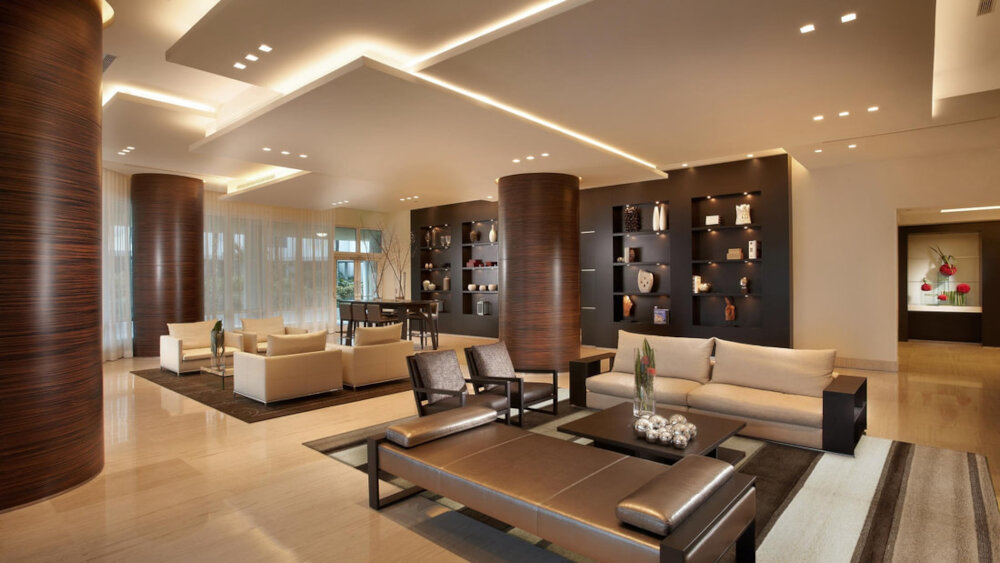
LED light bulbs have become increasingly popular over the years due to their energy efficiency and low maintenance costs. There are several types of LED light bulbs available in the market, each with unique features and benefits. The first type is the standard LED bulb, which is designed to replace traditional incandescent bulbs. These bulbs are available in a range of shapes and sizes, making them suitable for various fixtures and applications. They also come in different color temperatures, from warm white to cool white, allowing you to choose the right color for your space. The second type of LED bulb is the dimmable LED bulb. These bulbs are designed to work with dimmer switches, allowing you to adjust the brightness of the light to suit your needs. They are perfect for creating a cozy and relaxing atmosphere in living spaces, such as bedrooms and living rooms. Additionally, there are also LED bulbs that are designed for outdoor use, such as floodlights and landscape lighting. These bulbs are weather-resistant and can withstand extreme temperatures, making them ideal for illuminating your outdoor spaces. Regardless of the type of LED bulb you choose, you can rest assured that you’ll be saving money on your energy bills while also reducing your carbon footprint.
LED light bulbs come in a variety of sizes and shapes to fit different fixtures and applications. Some of the most common shapes include A19, which is the traditional bulb shape, and BR30, which has a wider and shorter shape. Other shapes include MR16, which is often used in track lighting, and PAR bulbs, which have a reflective coating and are commonly used in recessed lighting. LED bulbs also come in different sizes, such as the standard E26 base, which fits most fixtures, and the smaller E12 base, which is commonly used in chandeliers and decorative lighting. With so many options available, it’s easy to find an LED bulb that will fit your lighting needs while also providing energy-efficient and long-lasting lighting.
LED light bulbs come in a wide range of color temperatures, which are measured in Kelvin (K). The lower end of the spectrum, around 2000K, produces a warm, amber glow that mimics the softness of candlelight. This type of color temperature is ideal for creating a cozy and intimate atmosphere in living rooms or bedrooms. Moving up the spectrum, 2700K to 3000K is considered a \soft white\ that closely resembles traditional incandescent bulbs. This is a popular choice for general lighting in homes and offices. For a brighter and more vibrant light, 3500K to 4000K provides a \cool white\ that works well in kitchens and workspaces. Finally, the highest end of the spectrum is 5000K to 6500K, which produces a bright, daylight-like color that is ideal for outdoor lighting or task lighting in workshops or garages.
The angle of a beam emitted by an LED light bulb has a significant impact on its appearance. A narrow beam angle, ranging between 15 to 30 degrees, creates a spotlight effect that highlights specific objects and areas, making them appear brighter and more defined. In contrast, a wider beam angle, ranging between 40 to 120 degrees, produces a floodlight effect that spreads light evenly across a larger area, resulting in a softer and more diffused light. The choice of beam angle depends on the intended use and desired effect. For instance, narrow beam angles are ideal for accent lighting, while wider beam angles are suitable for general illumination. Understanding the impact of beam angles on light appearance is crucial in selecting the right LED light bulb for any given application.
Factors Affecting the Appearance of LED Light Bulbs
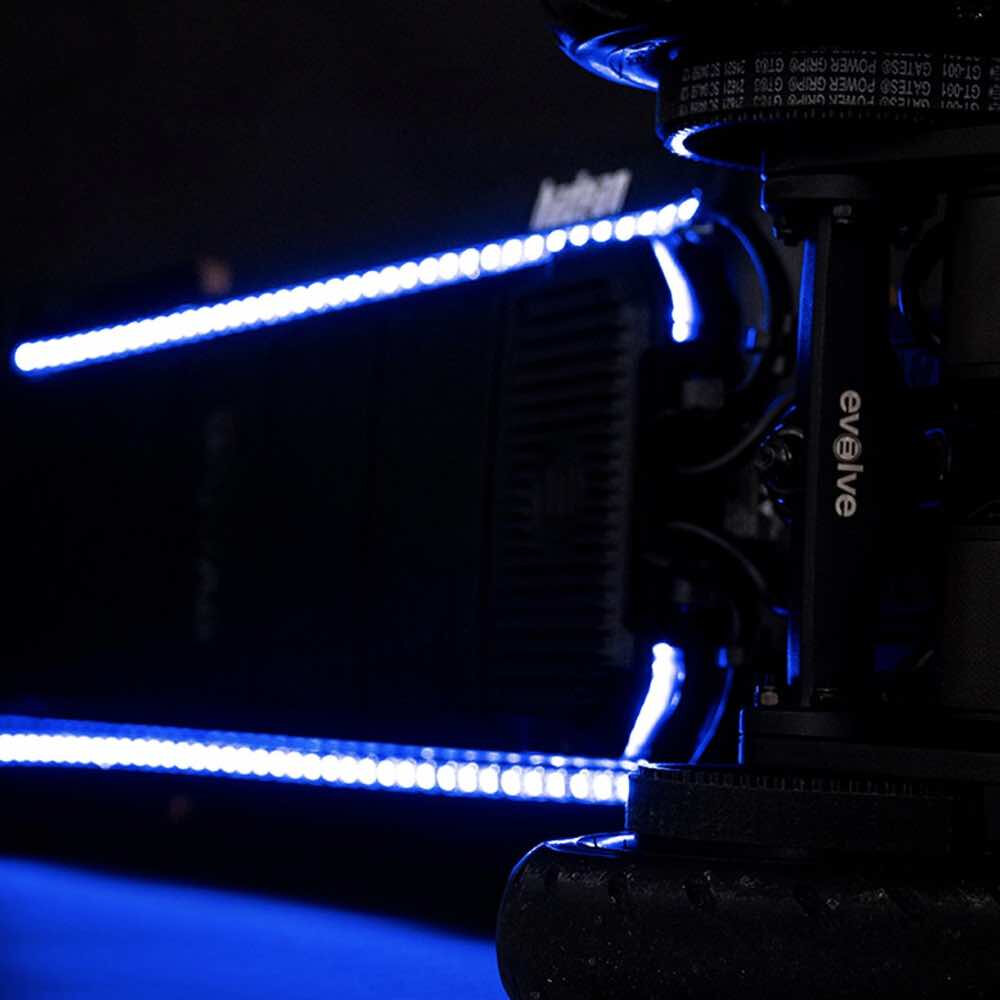
The appearance of LED light bulbs is affected by several factors that are crucial to consider before purchasing them. One of the most significant factors that affect the appearance of LED light bulbs is the color temperature. Color temperature is measured in Kelvin and determines the color of light produced by the LED bulb. LED bulbs with a lower Kelvin rating produce warm white light, while those with a higher Kelvin rating produce cool white or daylight-colored light. Therefore, it’s important to choose the right color temperature of LED bulbs based on the desired ambiance and mood of the room. Another factor that affects the appearance of LED light bulbs is the CRI (Color Rendering Index) value. The CRI value measures how accurately the colors of objects are rendered under the light of the LED bulb. A higher CRI value means that the colors of objects appear more natural and vibrant, while a lower CRI value means that the colors may appear dull and distorted. It’s recommended to choose LED bulbs with a CRI value of at least 80 for indoor lighting, while a CRI value of 90 or above is ideal for areas such as art galleries, showrooms, and museums where accurate color rendering is crucial. By considering these factors, one can choose LED bulbs that not only look great but also enhance the overall ambiance of the room.
Color Rendering Index (CRI) is a measure of how well a light source reproduces colors as compared to natural light. A high CRI value indicates that the light source accurately displays colors, while a low CRI value means that some colors may appear distorted or washed out. CRI is an important factor to consider when choosing LED light bulbs because it directly impacts how colors appear in your environment. Poor color rendering can make it difficult to distinguish between different shades, making it challenging for tasks like cooking, reading, or applying makeup. Therefore, it is essential to choose LED bulbs with a high CRI value if you want to ensure that colors appear accurately and vividly in your space.
When it comes to understanding the brightness of LED light bulbs, lumens are the key factor to consider. Lumens are a measurement of the total amount of light emitted by a light source, and the higher the number of lumens, the brighter the light will be. While wattage used to be the standard measurement for brightness, it is no longer an accurate representation of a bulb’s brightness since LED bulbs use less energy to produce the same amount of light as incandescent bulbs. Therefore, it’s important to pay attention to the lumens when selecting LED bulbs to ensure that you are getting the desired level of brightness for your space.
Kelvin temperature is a measure of the color temperature of light, and it has a significant impact on the appearance of LED light bulbs. The Kelvin scale ranges from warm yellowish light to cool bluish-white light. Lower Kelvin temperatures produce a warm, cozy, and relaxing atmosphere, similar to the glow of a traditional incandescent bulb. In contrast, higher Kelvin temperatures produce a bright, cool, and energizing atmosphere, similar to daylight. Choosing the right Kelvin temperature for your LED light bulbs is essential to achieve the desired ambiance and aesthetic. For instance, warm white light is perfect for bedrooms and living rooms, while cool white light is ideal for kitchens, bathrooms, and workspaces.
Trends in LED Light Bulb Appearance
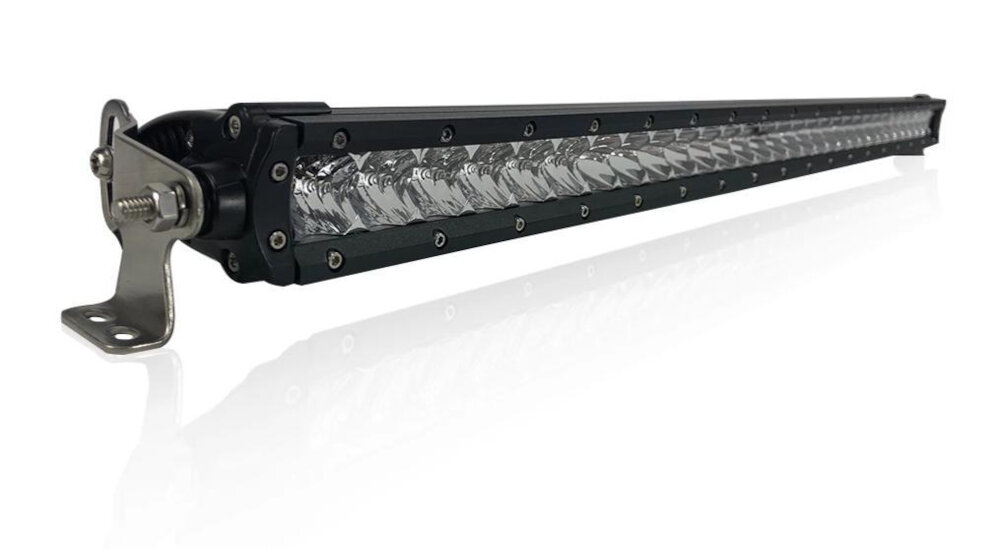
LED light bulbs have taken the lighting industry by storm, and their popularity has only continued to grow over the years. With their energy efficiency, long lifespan, and bright illumination, they have become a favorite choice among homeowners and businesses alike. However, LED light bulbs are not just functional, but they also come in a wide range of appearances that can make a significant difference in the overall aesthetic of a space. One of the most notable trends in LED light bulb appearance is the rise of vintage and retro styles. These bulbs have a nostalgic look that is reminiscent of old-fashioned incandescent bulbs, but with all the benefits of LED technology. They often feature visible filaments and an amber or warm white glow that can create a cozy and inviting atmosphere. Another trend is the use of different shapes and sizes, such as globe-shaped bulbs or long, slender tubes. These unique shapes can add visual interest and create a statement piece in a room. Additionally, some LED light bulbs come in various colors, making it possible to use them for decorative purposes or to create a specific mood. Overall, LED light bulbs are not only practical but also offer a wide array of styles to choose from, making it easier to find the perfect fit for any space.
Smart LED light bulbs are some of the most innovative lighting solutions available today, and they come in a variety of shapes and sizes to fit any lighting need. These bulbs can be controlled via a smartphone app, voice command, or even a smart home system, allowing for easy customization of brightness, color, and scheduling. The bulbs themselves are sleek and modern, with a variety of finishes and textures available to match any decor. Some smart LED bulbs even feature intricate designs or patterns, making them an artful addition to any room. With their energy efficiency and customizable features, smart LED light bulbs are a stylish and practical choice for any home.
Decorative LED light bulbs have revolutionized the way we illuminate and decorate our homes. These bulbs come in various shapes, sizes, and colors, making them highly versatile and adaptable to any aesthetic preference. With their advanced technology, LED bulbs provide a brighter, more efficient light source that lasts longer than traditional incandescent bulbs. The appearance of decorative LED light bulbs is sleek and contemporary, adding a touch of sophistication to any fixture or decor. Their unique designs and patterns create a visually appealing ambiance, making them ideal for use in chandeliers, sconces, and pendant lights. Whether you prefer a warm or cool tone, a vintage or modern look, decorative LED light bulbs offer endless possibilities for enhancing your home’s appearance.
Customizable LED light bulbs are a great way to add a personal touch to your lighting. These bulbs come in a variety of shapes and sizes, making them suitable for any type of fixture. Whether you want a classic look or something more modern, there is a customizable LED bulb for you. One of the best things about these bulbs is that they are available in a wide range of colors, so you can create a unique look that suits your style. Additionally, many customizable LED bulbs are dimmable, allowing you to adjust the brightness to your liking. With their versatility and ability to be tailored to your specific needs, customizable LED light bulbs are an excellent choice for anyone looking to add a touch of personality to their lighting.
In conclusion, LED light bulbs are a highly efficient and versatile lighting option that offer a range of benefits over traditional incandescent and fluorescent bulbs. They are available in a variety of shapes, sizes, and colors, making them suitable for a wide range of applications. LED bulbs also have a long lifespan, consume less energy, and produce less heat, making them a more environmentally friendly choice. Additionally, they offer greater control over brightness, color temperature, and dimming options. With the variety of options available, it’s easy to find LED bulbs that suit your specific needs and preferences. Overall, if you’re looking for a cost-effective, eco-friendly, and high-quality lighting solution, LED bulbs are an excellent choice.
In conclusion, the appearance of LED light bulbs has come a long way since their introduction. With advancements in technology, LED light bulbs can now mimic the warm, inviting glow of traditional incandescent bulbs while also offering a range of color temperatures and customizable features. The sleek, modern design of LED bulbs allows them to fit seamlessly into any decor style. Additionally, the energy efficiency and long lifespan of LED bulbs make them a practical choice for anyone looking to save money and reduce their carbon footprint. Overall, LED light bulbs offer a perfect combination of form and function, making them a smart and stylish choice for any home or business.
The future of LED light bulb appearance looks promising with many possibilities in design and functionality. One direction that is gaining popularity is the use of smart technology, where LED bulbs can be controlled through wireless systems and voice commands. Another direction is the integration of LED bulbs with decorative elements, such as intricate patterns and shapes that can enhance the aesthetic appeal of a room. Additionally, LED bulbs are becoming more compact and flexible, allowing for more versatile installation options. It is also possible that the development of LED technology will allow for even more energy-efficient and long-lasting bulbs, making them an even more attractive option for consumers. Overall, the future of LED light bulb appearance is exciting and full of potential.
Conclusion
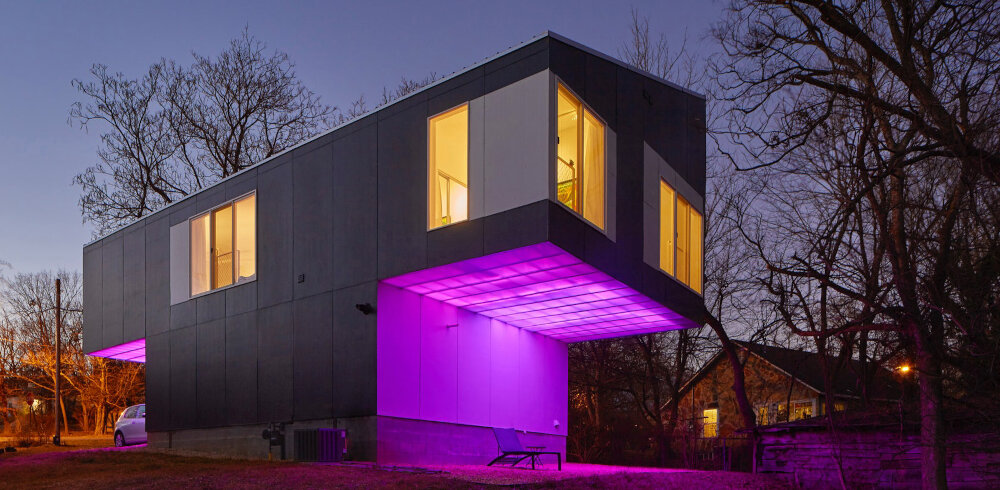
In conclusion, this comprehensive guide has shed light on the appearance, features, and benefits of LED light bulbs. From the various shapes and sizes to the color temperatures and lumens, LED bulbs offer a wide range of options to suit any lighting need. Additionally, their energy efficiency, durability, and longer lifespan make them a smart and sustainable choice for both residential and commercial settings. By understanding the appearance of LED bulbs, consumers can make informed decisions and take advantage of the many benefits they offer. With their sleek and modern designs, LED bulbs not only provide excellent lighting but also enhance the aesthetic appeal of any space.

